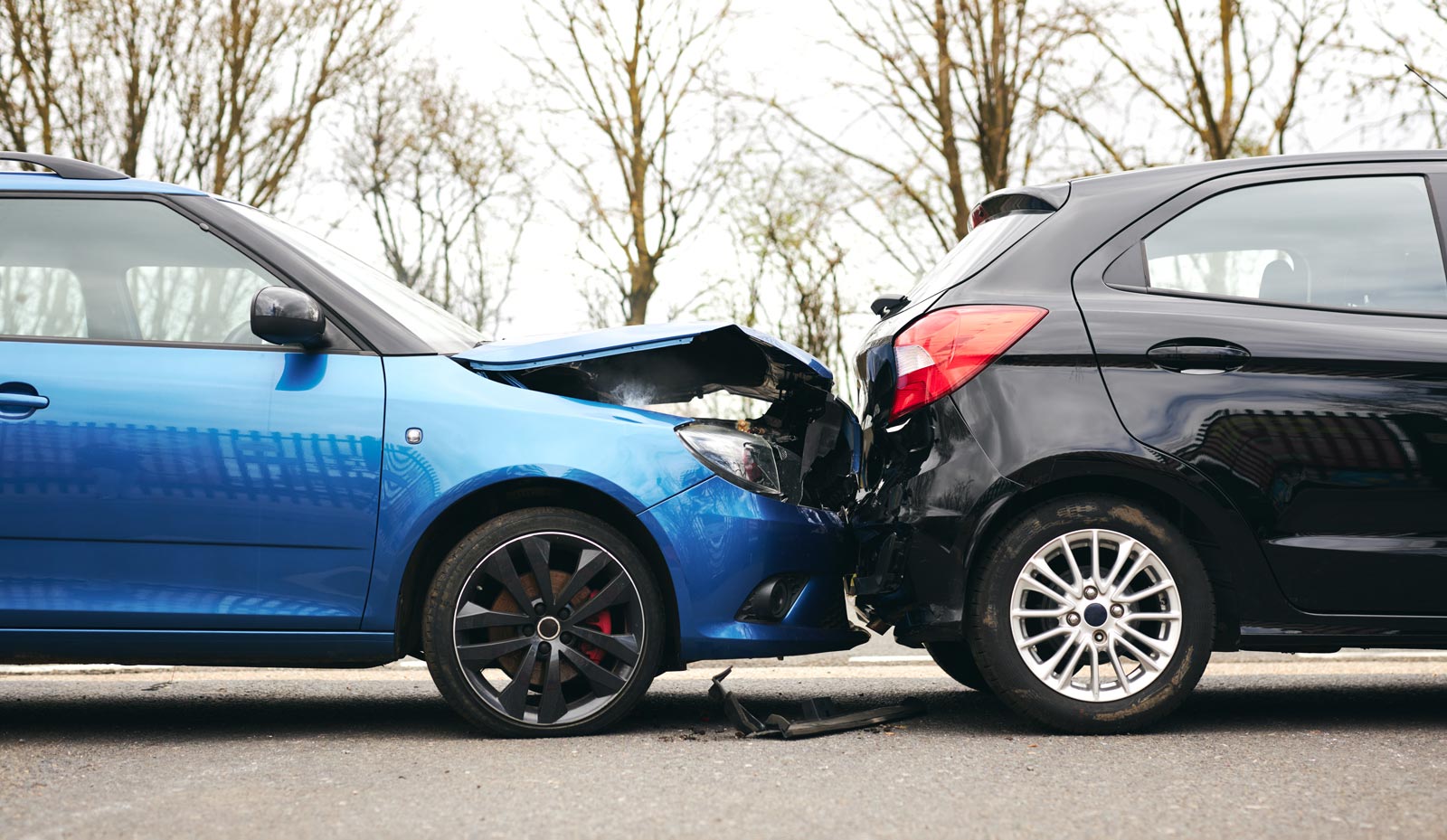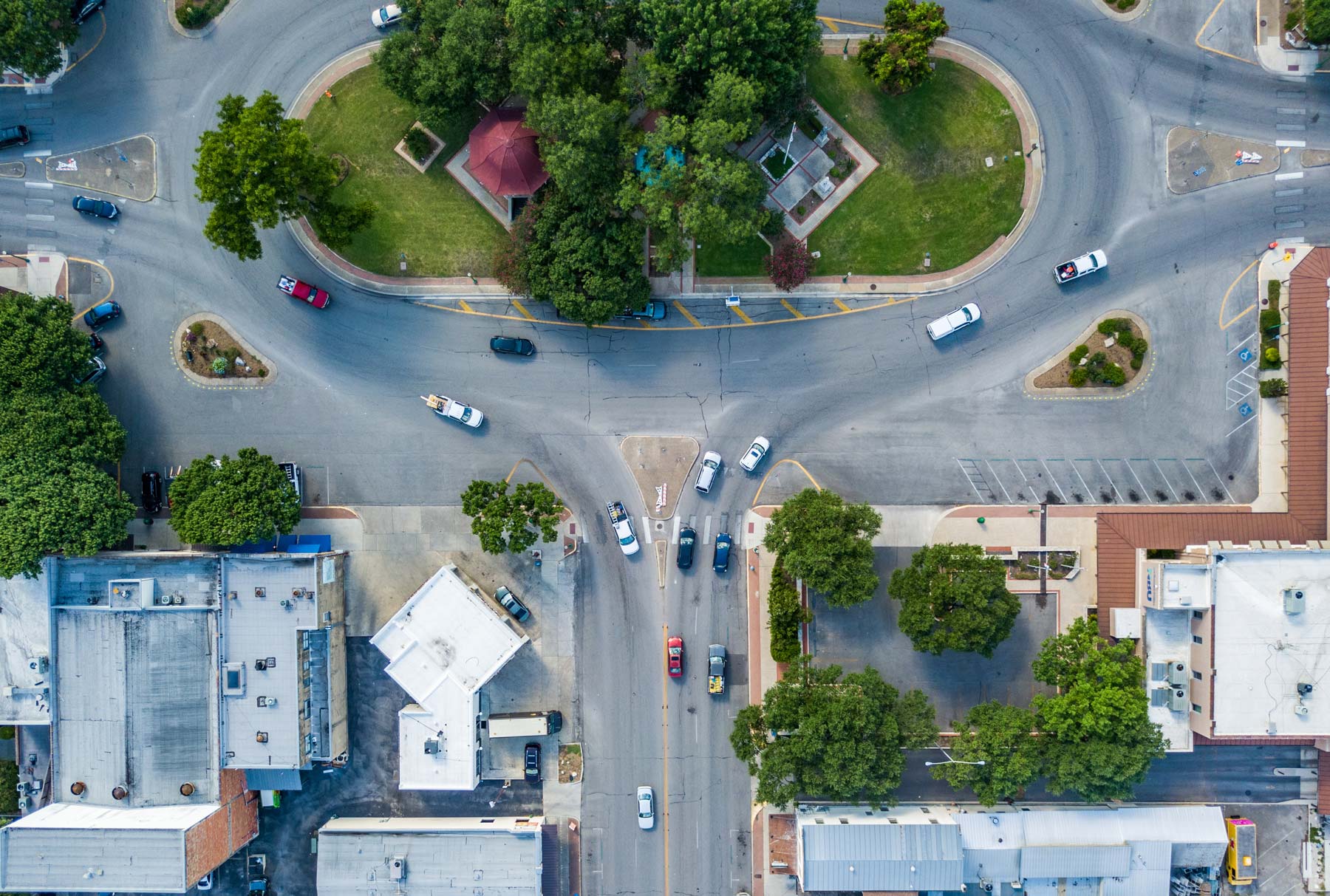In the busy world we live in, we are constantly asked to multi-task in order to be productive and successful. But the effectiveness of multi-tasking is mostly a myth: The reality is that we cannot focus 100% of our attention or more than one task or item at a time. Sure, you might be able to watch your kids while cooking dinner, but neither task gets 100% of your attention all the time.
The same is true for driving. Safe driving requires full cognitive, visual, and physical focus. Your actions in the car affect not just you but everyone else sharing the road with you, including pedestrians and other innocent bystanders. Unfortunately, people tend to believe they can safely multi-task while driving, and distractions are more prevalent than ever thanks to smartphones and other mobile devices. The result in recent years has been a steady increase in the number of crashes caused by distraction.
To combat this problem, the National Safety Council (NSC) sponsors National Distracted Driving Awareness Month. The focus of this month is to demonstrate the dangers of distracted driving and to encourage everyone to practice safe driving habits.
The Eye-Opening Statistics on Distracted Driving
A distraction while driving is anything that takes away from your primary task of operating the vehicle. This includes anything that requires visual, manual, or cognitive attention like using a cell phone or GPS, drinking, eating, talking to passengers, grooming, and adjusting the radio, for example. Even persistent thoughts or strong emotions that pull your focus away from driving can constitute a dangerous distraction.
Recent studies show that U.S. drivers are distracted more than half the time — meaning that at any given point, whenever someone drives past you, by a school zone, or through an intersection, the chances are about 50 percent that they’re not fully focused on steering their vehicle or minding its speed.
It’s no surprise, then, that traffic deaths resulting from distraction are increasing rapidly. The Centers for Disease Control and Prevention (CDC) reports that motor vehicle accidents caused by distracted drivers kill 8 people and injure 1,161 every single day in the U.S. The state of Texas alone reports 274 distracted driving accidents per day, and many experts think this estimate is too low.
Unfortunately, law enforcement officials struggle with how to crack down on distracted driving. Unlike a breathalyzer for a drunk driver, there is no definitive test to prove a driver was distracted at the time of a crash.
Cellphones are, without a doubt, the biggest culprit today when it comes to distractions in your vehicle. While hands-free and voice-recognition technology can seem like a good solution to the visual distraction of a cell phone, studies have shown repeatedly that these technologies still create a loss of focus and an increased risk for a crash.
Using a cell phone in any form while driving is dangerous and can have fatal consequences. Each time you look at your phone, your eyes are off the road for about five seconds. That may seem like a short span of time, but when your vehicle is going 55 miles per hour, it travels more than 120 yards — the full length of a football field including both end zones — in under five seconds.
Here are some other chilling statistics that show just how serious and widespread the problem of distracted driving is. According to a major study:
- 1 in 2 drivers has talked on the phone while driving
- 1 in 3 drivers has sent text messages while driving
- 1 in 5 drivers has surfed the internet while driving
These numbers might make it seem like distracted driving is an overwhelming problem with no solution. But it’s important to remember that the alarming statistics on distracted driving are just the sum of individual drivers’ behavior, and that you can be part of the solution by avoiding distraction while driving.
Avoid Distracted Driving
Remember that drivers cannot safely and effectively multi-task, and this includes you. Distracted driving puts everyone at risk, and safer roadways begin with focused and attentive drivers following the rules of the road.
Here are a few ways you can lower your risk for an auto accident and avoid distraction while driving:
- Do not send or read text messages.
- Do not use a hands-free device or technology to use your cell phone.
- Let your calls go to voicemail while driving.
- End phone calls with others when you learn they are driving.
- Set the radio and GPS before you begin traveling.
- Limit interactions with passengers.
- Try to stay calm, cool, and collected while behind the wheel.
- Model good behavior for others.
In the busy and constantly connected world we live in, it’s not always easy to get rid of distractions, but remember the extreme risk associated with distracted driving anytime you feel tempted to look at your cellphone or adjust the radio while behind the wheel. Remind yourself that a text message or song selection isn’t worth being injured or even killed over and stay focused on the task at hand.
Recognize Distracted Driving
Distracted driving is everywhere, and it’s easy to spot if you know what you’re looking for. Here are a few tips that can help you recognize when a driver is distracted, which means they may present a dangerous hazard on the road:
- Swerving
If the driver fails to drive in a reasonably straight line, it could mean they were looking down at a phone or GPS or at someone or something in the backseat. Swerving can also lead to overcorrecting, which is just as likely to cause a collision. - Sudden or Frequent Speed Changes
Someone who is distracted might find themselves going significantly faster or slower than the posted speed limit or the flow of traffic. This could cause the distracted driver to hit someone or need to stop suddenly, causing the car behind to rear-end them. - Unfocused Driver
When you’re driving past another car and you see the driver constantly looking down or driving with one hand on the wheel and their other hand holding a phone, this makes it obvious that their attention is not completely focused on driving.
If you find yourself in the position of witnessing a dangerous distracted driving situation, there are a few actions you can take to make the roadways safer for others:
- Pull over safely to dial 911 or ask a passenger to do so.
- If possible, make note of the distracted driver’s car (plate number) make, model, color, distinguishing characteristics).
- Tell the dispatcher your location and describe the car and the driver’s behavior.
Another action you can take to combat the distracted driving epidemic is to contact your elected state representatives and encourage them to support legislation that bans and discourages the various forms of distraction on the road.
Crosley Law Firm: Safe Driving Advocates
Distracted driving affects us all, and the team at Crosley Law Firm advocates for safe, distraction-free driving for everyone, every time you’re behind the wheel. Unfortunately, even safe and attentive drivers who do everything right can suffer when another person drives distracted or behaves in some other negligent fashion on the road.
If you or someone you love has been injured in a distracted driving accident, call Crosley Law Firm at (877) 535-4529 or fill out our online contact form to schedule a no-risk meeting with us today. We handle all personal injury cases on a contingent-fee basis, so you won’t pay attorney’s fees unless we make a financial recovery on your behalf, and we also offer free initial consultations.
References
Distracted driving. (2016, March 7). Centers for Disease Control and Prevention. Retrieved from
https://www.cdc.gov/motorvehiclesafety/distracted_driving/
DWI: Driving while intexticated [infographic]. (2015). Don’t Text and Drive. Retrieved from http://www.textinganddrivingsafety.com/texting-and-driving-stats
Marshall, A. (2016, March 8). U.S. drivers are distracted more than half the time they’re behind
the wheel. CityLab. Retrieved from http://www.citylab.com/commute/2016/03/majordistractions-for-drivers/472656/
Stutz, T. (2011 June). Perry vetoes Texas bill to ban texting while driving. Dallas News. Retrieved
from http://www.dallasnews.com/news/news/2011/06/17/perry-vetoes-texas-bill-to-bantexting-while-driving
Talk. Text. Crash. – Distracted driving campaign. (2017). Texas Department of Transportation.
Retrieved from http://www.txdot.gov/driver/share-road/distracted.html
The content provided here is for informational purposes only and should not be construed as legal advice on any subject.









